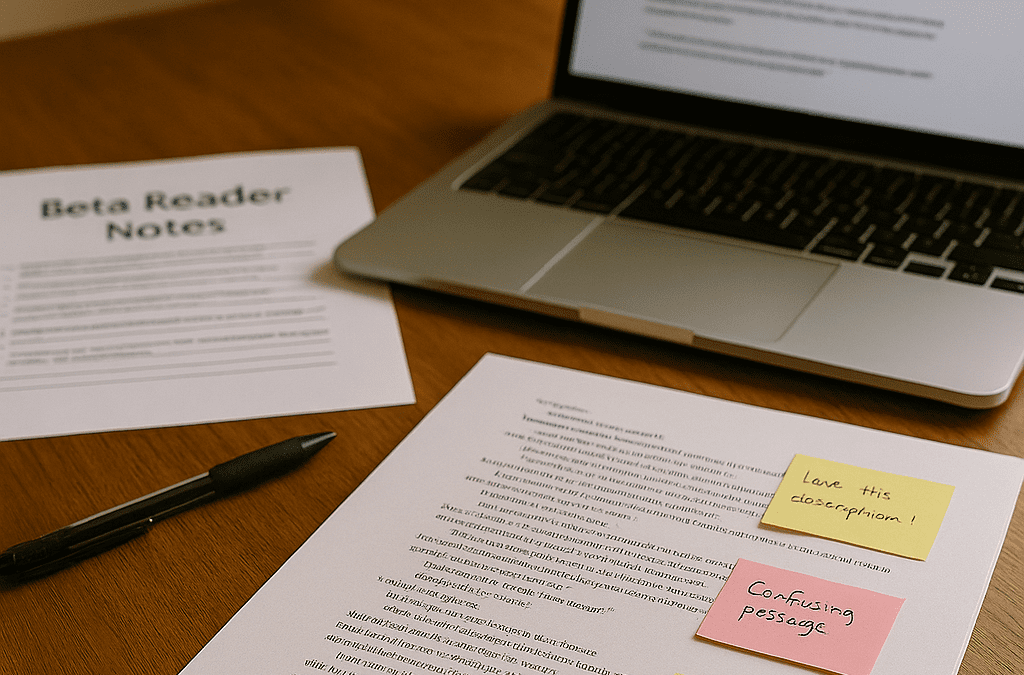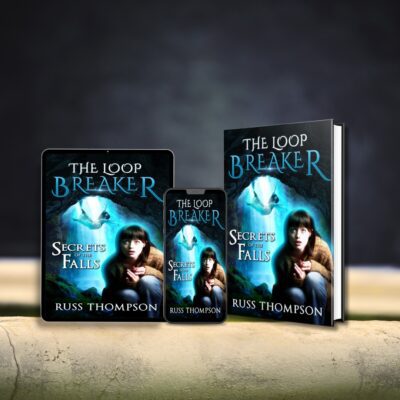So, your manuscript is done—or at least you think it is. Before it heads into professional editing or submission, there’s one step that can elevate your story and help you catch blind spots: reader feedback. Specifically, through beta readers and sensitivity readers.
These early readers aren’t just there to say “Nice job.” They serve different, essential roles that help your book grow stronger, deeper, and more respectful, before it lands on an editor’s desk.
Here’s what they do, how to find them, and why every serious author should use both.
What Is a Beta Reader?
Beta readers are your test audience: people who read a near-final draft to give feedback from a reader’s point of view. They focus on the big-picture experience: pacing, character development, plot clarity, emotional impact, and general engagement.
They’re not editors. They won’t rewrite your scenes. But they will (ideally) let you know if they lost interest, didn’t understand a twist, or didn’t believe a character’s decision.
What Beta Readers Can Help With:
- Identifying slow or confusing parts
- Noting plot holes or character inconsistencies
- Reacting emotionally to key moments (which is gold!)
- Offering a general “reader’s eye” before the professionals dig in
What Is a Sensitivity Reader?
Sensitivity readers are trained readers, often from specific lived experiences, who review your manuscript for accuracy, respectful representation, and unintended harm in areas like race, gender, disability, mental health, culture, religion, and more.
They’re not about censorship. They’re about helping you write with care and integrity.
Sensitivity Readers Can Help With:
- Cultural or identity-specific accuracy
- Avoiding stereotypes or harmful tropes
- Language or phrasing that may unintentionally alienate readers
- Creating well-rounded, believable characters from underrepresented groups
Why You Need Both
Think of beta readers as checking for how the story lands…
…and sensitivity readers to check how the story respects.
Using both helps ensure:
- Your story resonates emotionally and ethically
- You’re not unintentionally harming or excluding parts of your audience
- Editors don’t have to untangle feedback that could have been handled earlier
- You show professionalism and care in your publishing approach
At Winterwolf Press, we deeply value stories that aim to inspire and uplift. That also means supporting authors in doing the necessary behind-the-scenes work that builds trust with readers.
How to Find Beta and Sensitivity Readers
Finding Beta Readers:
- Writing communities (Facebook groups, Discord, forums like Absolute Write)
- Reader friends in your target audience
- Critique groups or author coaching groups
- Beta reader services (some are paid, some exchange-based)
Finding Sensitivity Readers:
- Professional services (many freelance editors specialize in this)
- Dedicated directories like Writing Diversely
- Referrals through writing communities
- Author groups representing marginalized voices
Note: Sensitivity readers should always be compensated for their time.
Final Thoughts
Using beta readers and sensitivity readers isn’t just a good idea—it’s a mark of care and professionalism. You’re not only strengthening your story—you’re showing your future readers (and publishers) that you respect your audience.
Getting honest feedback before professional editing saves time, deepens impact, and increases your book’s potential to connect meaningfully.
So, before you hit send on that submission or upload that final draft, bring in your early readers. Your future self (and your future fans) will thank you.
Related Reading:







